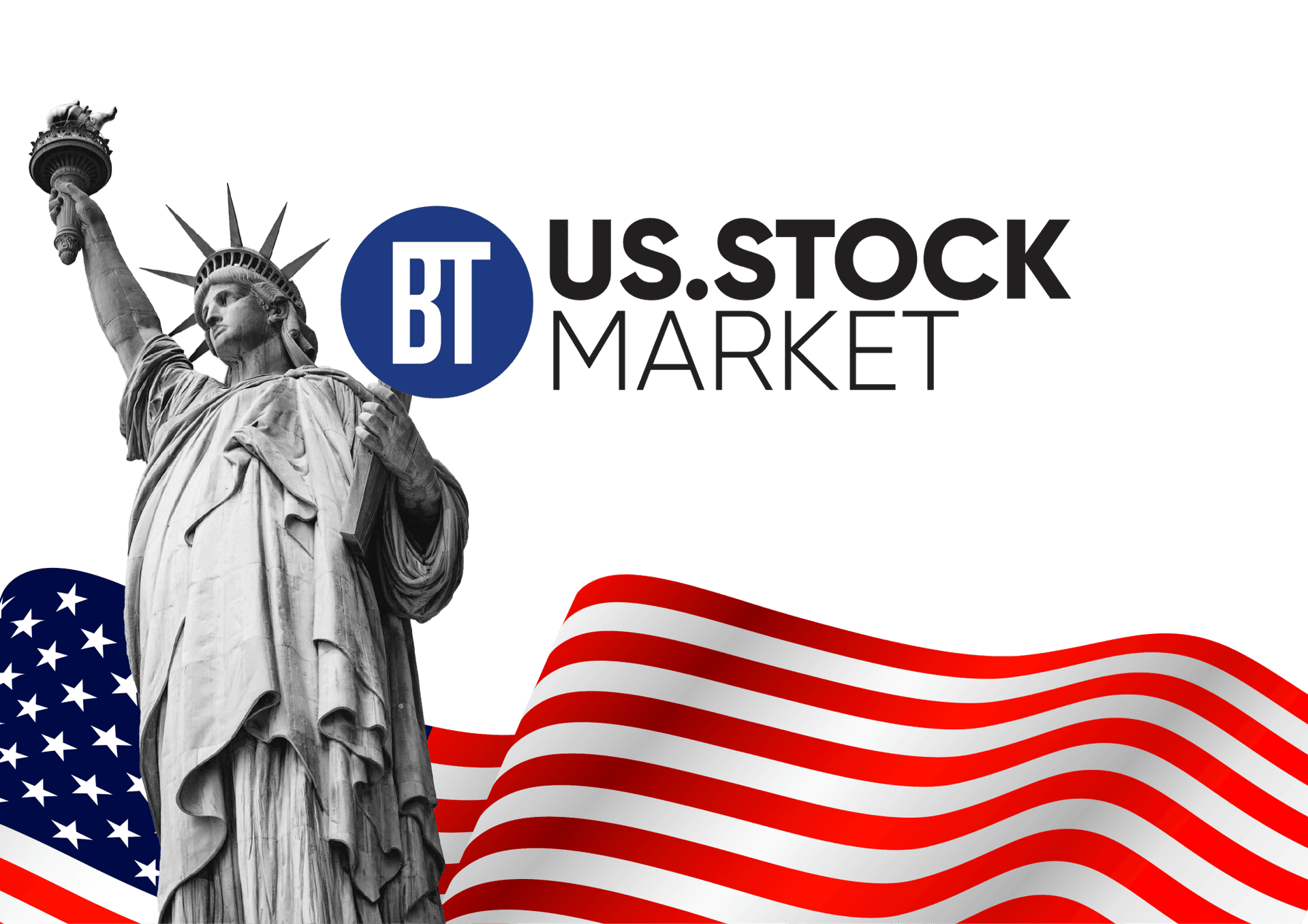Robinhood and Susquehanna Secure 90 Percent Stake in LedgerX
Robinhood Markets and Susquehanna International Group are acquiring a 90 percent stake in LedgerX from Miami International Holdings, a move designed to accelerate both firms into prediction markets and to enable a new futures and derivatives exchange with clearing capacity. The deal, due to close in the first quarter of 2026 with MIAX retaining 10 percent, underscores growing institutional interest in regulated prediction and derivatives trading, and raises fresh questions about market structure and oversight.

Robinhood Markets and Susquehanna International Group are moving to take control of LedgerX, agreeing to buy a 90 percent stake in the regulated exchange that operates under Miami International Holdings. MIAX will retain the remaining 10 percent, and the transaction is expected to complete in the first quarter of 2026. Financial terms were not disclosed.
The deal is being presented as a strategic pivot for both buyers. For Robinhood, the transaction opens a path to offer futures and derivatives through a joint venture with Susquehanna, moving beyond its retail equities and options franchise into cleared derivative products. For Susquehanna, a major proprietary trading and market making firm, ownership of a regulated exchange and clearinghouse provides infrastructure to deploy liquidity and risk management tools across new product lines, including prediction contracts that settle based on future events.
Market structure implications are significant. A regulated exchange paired with a clearinghouse reduces bilateral counterparty risk and can attract institutional counterparties that typically require central clearing to trade at scale. The move could broaden participation in prediction markets by making them subject to standardized margining, default procedures, and surveillance systems that are familiar to commodity and financial futures participants. That structure also makes it easier for asset managers and corporate hedgers to use event driven contracts for risk transfer, assuming regulators give clear guidance on permissible products.
The timing signals a change in sentiment among institutional players toward prediction markets more broadly. Reuters framed the transaction within a wave of mainstream investments and an easing of regulatory constraints that has encouraged broader industry participation. While prediction markets have historically been niche, regulated delivery through an exchange and clearinghouse could materially increase liquidity, lower execution costs, and sharpen price discovery for event probabilities that currently trade in fragmented venues.

Regulatory and policy questions remain central to how large this market can grow. Authorities will need to reconcile the classification of various prediction products, determine permissible underlying events, and calibrate anti manipulation and consumer protection rules. Clearing introduces additional systemic considerations, since a clearinghouse concentrates counterparty risk even as it mitigates bilateral exposures. Regulators will likely scrutinize initial margin models, default waterfall designs, and the governance arrangements between Robinhood, Susquehanna, and MIAX.
Economically, the venture could accelerate the professionalization of prediction markets, turning them from speculative retail plays into instruments for hedging and forecasting that feed into corporate and policy decision making. For Robinhood, the ability to offer cleared futures could diversify revenue streams beyond commissions and retail trading interest, while Susquehanna gains exchange-level control over listing and matching services. If completed as planned in early 2026, the transaction will be an important test case for how conventional market participants and regulators integrate novel contract forms into the mainstream financial plumbing.


